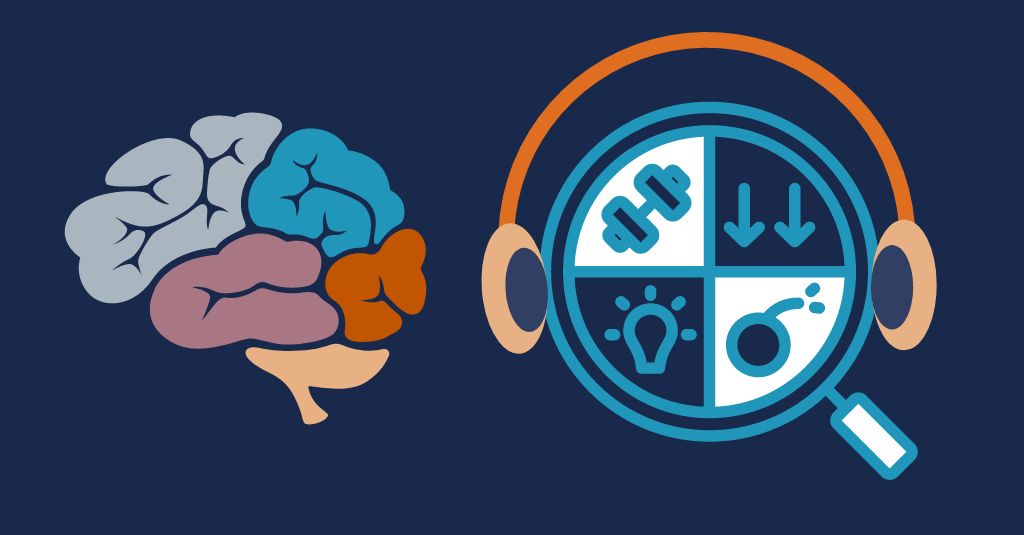Navigating through life, both personally and professionally, can be quite the adventure. In this blog post, we’re going to dive into the world of SWOT analysis—a strategic planning tool that can help us navigate challenges and seize opportunities in a more efficient way. Whether you’re a business owner looking to sharpen your strategies or an individual wanting to work on personal growth, the tips and insights shared here can help you master SWOT analysis in a way that’s friendly to all types of thinkers, including those who are neurodivergent.
Understanding SWOT Analysis
SWOT analysis is more than just a strategic planning tool—it’s a lens through which organizations and individuals can gain profound insights into their internal dynamics and external environment. By systematically evaluating strengths, weaknesses, opportunities, and threats, businesses can identify areas of competitive advantage and pinpoint potential pitfalls. However, the applicability of SWOT analysis extends beyond corporate settings.
For individuals, understanding one’s strengths entails introspection and self-awareness. It involves recognizing not only skills and abilities but also personal attributes and values that contribute to overall effectiveness. Similarly, acknowledging weaknesses requires a candid assessment of areas for improvement, whether it’s lack of expertise in certain domains or tendencies towards overwhelm or self-doubt.
By embracing the multidimensional nature of SWOT analysis, individuals can cultivate a deeper understanding of themselves and their surroundings, paving the way for informed decision-making and strategic action.
Tailoring Analysis to Individual Needs
The beauty of SWOT analysis lies in its adaptability. While businesses often conduct SWOT analyses to inform strategic planning, individuals can harness this framework to address a myriad of personal and professional challenges. For instance, if you’re striving to enhance your public speaking skills, conducting a personal SWOT analysis can shed light on areas of strength (e.g., clarity of expression, storytelling ability) and weakness (e.g., nervousness, lack of vocal projection).
Similarly, evaluating opportunities (e.g., joining a Toastmasters club, attending workshops) and threats (e.g., fear of judgment, time constraints) can provide valuable insights into the path forward. By tailoring the analysis to your specific objectives and circumstances, you can gain clarity and direction in your pursuit of excellence.
This in turn gives you all of the information you need to create a tailored plan that is based on YOUR needs. The truth is that everyone (and every business) is different. Our SWOT analysis will always have different results, and that is even more true for those of us who are neurodivergent. So being aware of your specific characteristics can help you choose the right path to follow and avoid canned “solutions” that are so commonly sold out there and that hardly ever help us achieve our goals.
Leveraging Strengths and Mitigating Weaknesses
When it comes to SWOT analysis, the key is to build on your strengths and mitigate your weaknesses. Now notice I said mitigate, NOT fix. Instead of just focusing on what needs fixing, it’s important to see how your natural talents and interests can really pay off. For example, if you’re good at solving problems, listening to others, or coming up with strategic plans, these skills can help you succeed. It is by working on your circle of brilliance that you can really leverage your strengths and push towards your goals.
On the flip side, we all have weakness, and we have to deal with them. But instead of trying to be perfect, focus on practical ways to mitigate those. Let me give you a practical example. Let’s consider a task as seemingly mundane yet essential as cooking supper. My strengths are I’m familiar with the recipes, I have the ingredients, and I know how to prepare them. However, my weaknesses are I get easily distracted, particularly with noise, and I struggle with time management. So what can I do?
Armed with the awareness gained through SWOT analysis, I don’t need to fix what honestly cannot be fixed. I can’t send my ADHD away and stop being distracted. But I CAN use strategies to mitigate these weaknesses. In addressing the distraction posed by noise, I use a simple yet effective solution: noise-cancelling headphones. By immersing myself in an audiobook or podcast while cooking, I create a cocoon of focus, shielding myself from external disruptions. To combat the time management hurdle, I break down the cooking process into manageable steps, allocating specific timeframes to each task. And set up timers and reminders to stay on track and synchronize the various components of the meal. I haven’t tried to fix myself but I did find tools to work with my brain. There is a big difference there.
Seizing Opportunities and Managing Threats
SWOT analysis is not just about looking at internal factors, it also considers external factors which are represented by the opportunities and threats. When it comes to our business this piece is very important and helpful in guiding our decisions and plans. Your SWOT analysis will help you recognize opportunities that actually fit your reality and your needs. As well as identify threats that are real versus those that might seem scary but aren’t really on your way.
As we navigate through the entrepreneurial journey many programs, courses, software and etc might appear appealing and it can be rather difficult to access which ones are better suited for your situation right now. You can read all about how I made a 10k mistake because I didn’t have a full picture and understanding of my business. Your SWOT analysis helps you gather insight so you aren’t tempted to do what other people think is best for YOUR business.
In the personal realm this can help strengthen your self-confidence as you gain an understanding of what is real and what are some stories you might be telling yourself but no longer serve you. Running a SWOT analysis many times reveals things are as scary as they seam and we can implement plans to navigate the situation once we are fully aware of what it looks like.
Implementing Actionable Plans
Putting SWOT analysis into action is where the magic truly happens! It’s all about turning insights into practical steps that lead to real progress. Picture this: setting SMART goals (you know, specific, measurable, achievable, relevant, and time-bound), breaking tasks down into bite-sized pieces, and reaching out for feedback and support along the way. By focusing on these tangible actions and measurable outcomes, we can keep track of our progress and make adjustments whenever necessary, all while staying true to our bigger goals.
But here’s the thing—sometimes, despite our best efforts, we hit roadblocks or encounter areas where we’re not as strong. And that’s where seeking help comes in! It’s like having a trusty sidekick by your side. When faced with a challenge or weakness, consider offloading some tasks to others who might excel in those areas. Whether it’s delegating tasks to colleagues, hiring freelancers, or asking a friend for advice, there’s strength in numbers. By tapping into the strengths of those around us, we can complement our own skills and achieve greater results together.
Together, we can turn plans into reality and embark on a journey of transformation and success. So let’s roll up our sleeves, rally our support squad, and dive headfirst into actionable plans that propel us toward our goals. With determination, collaboration, and a sprinkle of optimism, there’s no limit to what we can achieve!
In closing, going through a SWOT analysis can actually be pretty exciting! It gives us the chance to discover new possibilities and tap into our talents. By using SWOT analysis, we’re better equipped to tackle obstacles and unpredictable situations with a positive attitude. It’s a valuable tool that can help us grow both personally and professionally. So let’s embrace this journey of self-discovery and see where it takes us!


